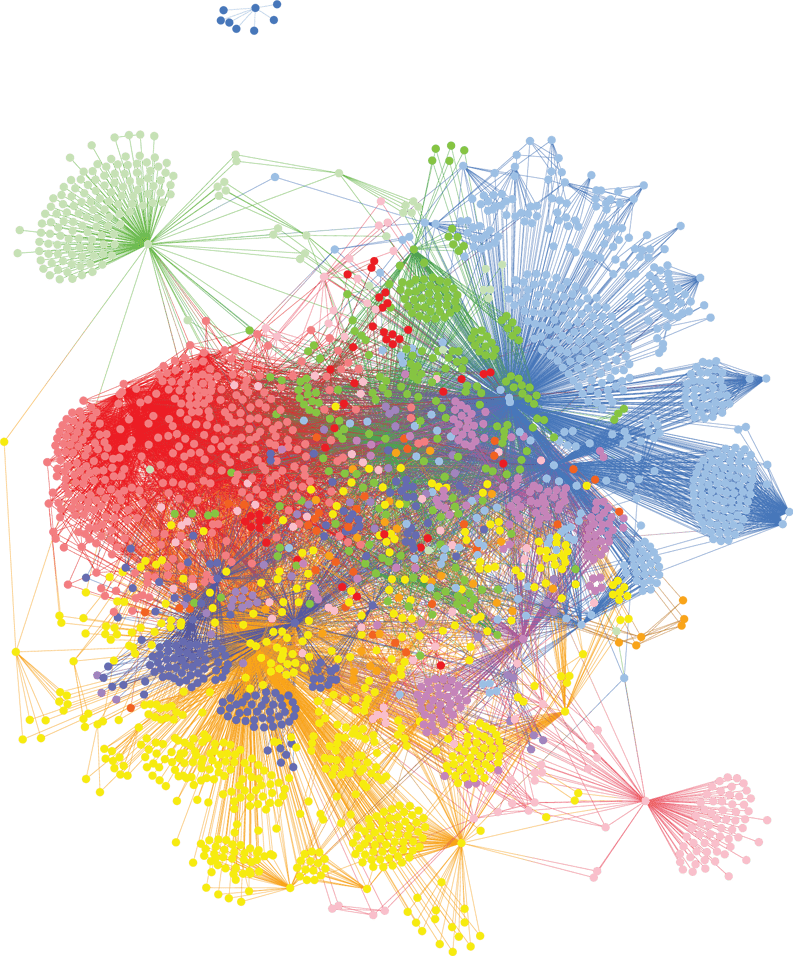
Disease Biologist - Drug Discovery at PrecisionLife
Summary
PrecisionLife analysis of Alzheimer's disease patient data identifies:
- Six major subgroups of patients, each associated with distinct biological functions, for targeted precision medicine programs
- >100 novel gene targets associated with increased risk of developing Alzheimer's disease
- Mechanism-based patient stratification biomarkers for the design of precision clinical trials with greater probability of success
- >30 repurposing opportunities for existing drug candidates targeting genes associated with Alzheimer's disease risk
- >80 actively protective genes offering a new class of drug target with the potential to protect people at risk of Alzheimer's disease


Stratifying of Alzheimer’s disease leads to the identification of novel targets, repurposing opportunities and actively protective biology
PrecisionLife combinatorial analysis provides new mechanistic insights into the underlying pathology of complex disease. By identifying novel genetic variant (SNP) combinations that are associated with increased risk of Alzheimer's disease and mapping these variants to specific genes, we've found new precision medicine opportunities for novel target identification and the repurposing of existing drugs from other indications.
Despite the hope offered by the recently approved anti-amyloid monoclonal antibodies for the treatment of Alzheimer's disease, there is still a great need to develop new therapies.
Our mechanistic insights are especially relevant for complex diseases such as Alzheimer’s. The ability to cluster patients based on their shared SNPs combinations is powerful both for target discovery and clinical development. As of mid-2024, the reported mechanisms for the 127 drug candidates in clinical trials for Alzheimer’s disease focus mainly on targeting the alterations in amyloid, tau, neurotransmitter receptors, synaptic plasticity, and inflammation.
By clustering the SNP-genotype signatures, we have been able to define six major subgroups of Alzheimer's disease patients, each associated with distinct biological functions. Many of these functions have been replicated in an independent patient cohort with a distinct genetic background. Using the genetic markers that define the patient subgroups allows us to develop mechanism-based biomarkers for patient stratification to help in the design and execution of clinical trials.
Major reasons for clinical trial failure are unacceptable toxicity and lack of efficacy. Given the heterogeneity in the disease, our ability to match treatments to patients by their molecular mechanisms of disease and/or drug response in the design of clinical trials could be critical for the success of many existing drug candidates and others in future.
Our analysis has also identified protected individuals – those with many of the causative genetic risk signatures who remain cognitively healthy controls – and their actively protective biology.
Typically, Alzheimer’s disease cases are compared against cognitively healthy controls. However, there is an interesting population among those controls - the resistant and resilient patient groups.
- Resistant individuals are defined as elderly people who show no cognitive decline and little or no evidence of amyloid or tau pathology.
- Resilient individuals are those who remain cognitively healthy despite the presence of Alzheimer’s disease pathology in their brains.
With our unique ability to identify causative disease risk variants and map those variants into cognitively healthy control individuals, we can find resistant and resilient individuals within a control population and identify new protective drug targets and repurposing opportunities.
We're excited to be pioneering precision neuroscience, improving the understanding of the biology causing some of the most complex diseases, and developing patient stratification biomarkers for Alzheimer’s disease to help create better, more personalized treatment options for patients.
Find out more
For more information, download our Alzheimer's stratification poster, read our precision neuroscience article, or contact us.
Find out more


